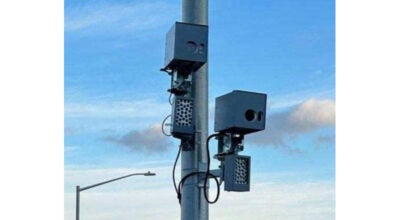More women needed in STEM
Published 11:21 am Saturday, July 28, 2018
As of 2017, women filled only 24 percent of STEM-related jobs, yet they make up almost half of the entire workforce, according to the Economic and Statistics Administration.
Their Women in STEM update also showed that women make up only 30 percent of all STEM degree holders, which means that women are less likely than their male counterparts to have a job in science, technology, engineering or math. The update said women with STEM degrees are more likely to lean towards health care or education.
It is vital, now more than ever, to expose girls to STEM activities when they’re young. When girls are exposed to science, technology, engineering and math at a young age, they are more likely to foster a love for these things.
Thankfully, groups and societies are cropping up across the country to allow young women the chance to love and appreciate the sciences.
Western Tidewater girls are getting the chance to participate in STEM activities in their free time because of groups like the All Girls STEM Society, which recently founded a Hampton Roads chapter.
One of their founders, Eleni Fatoutis, 18, recently relocated to the area, and she was determined to spread the love.
Fatoutis has participated, and been a finalist, in the world’s largest student rocket contest, and a member of the National Association of Rocketry and American Institute of Aeronautics, along with Astronautics Orange County Rocketry.
She brought a passion for seeing young girls fall in love with STEM and rockets to Lake Meade Park in conjunction with Suffolk Public Library.
The young girls built rockets from PVC pipes and construction paper, and they even had the opportunity to launch them into the sky.
Even library staff said they wanted to bring more STEM activities to their own programs.
It’s important to remind young girls they are capable of more than being a homemaker and that they have the power to change the world.
It matters because women in television, movies and more aren’t depicted as scientists and other STEM professions. So, it is our job to change their perception and remind them they can be engineers, computer scientists and biologists.
We have made strides in the right direction, but there is still a long way to go.




